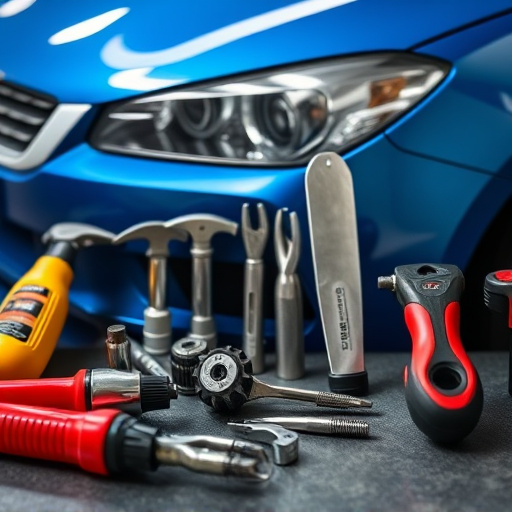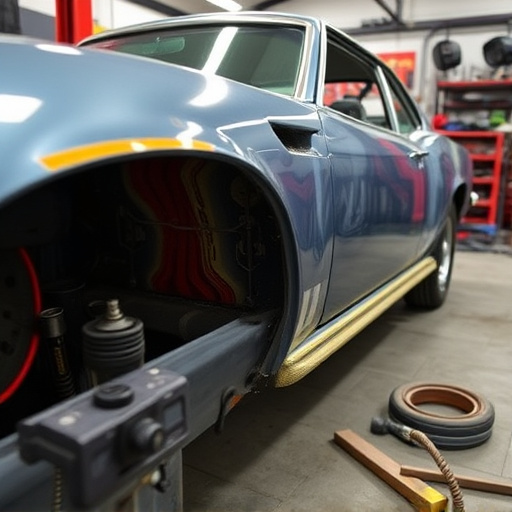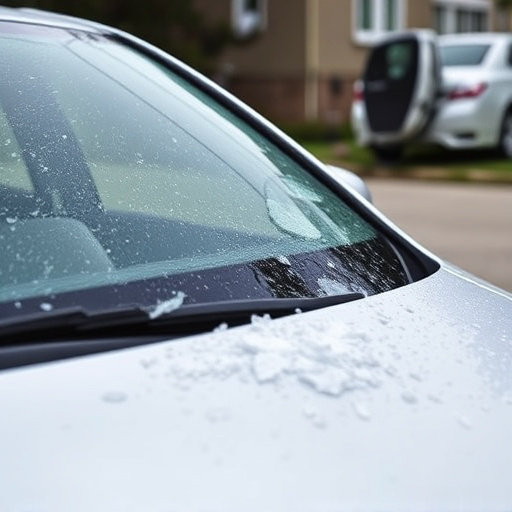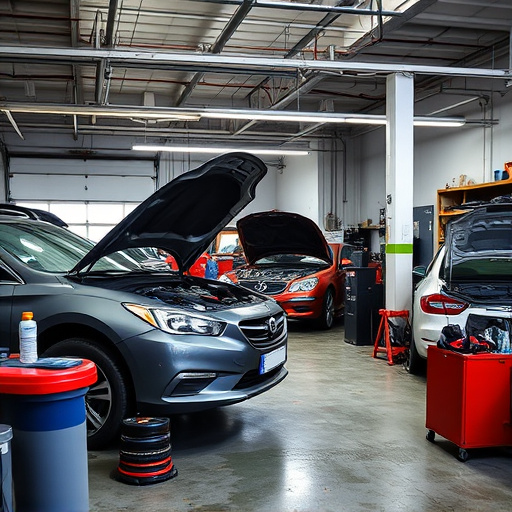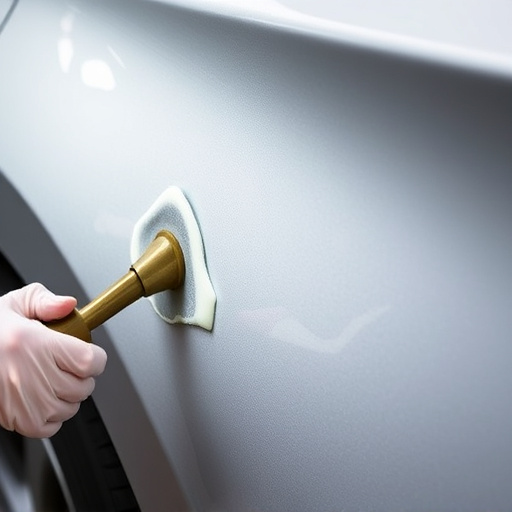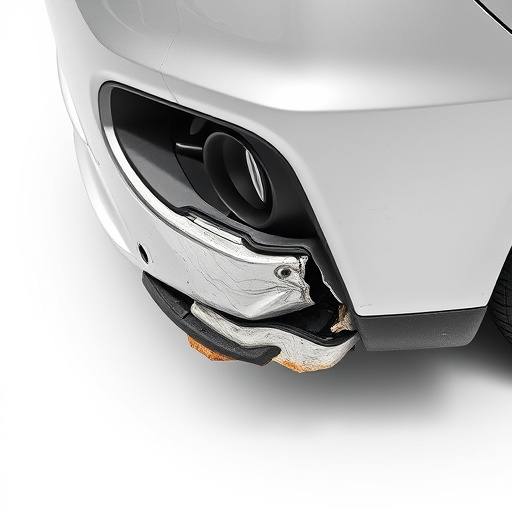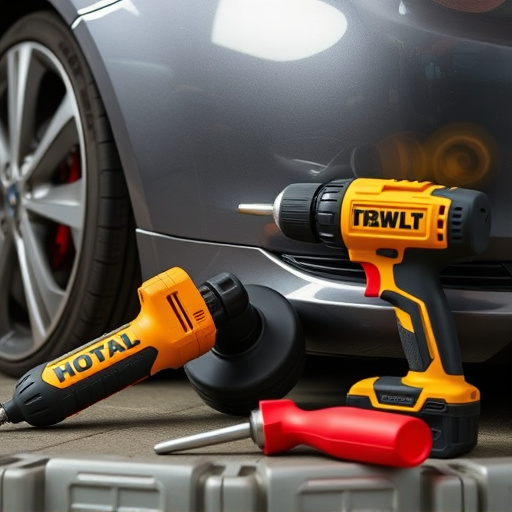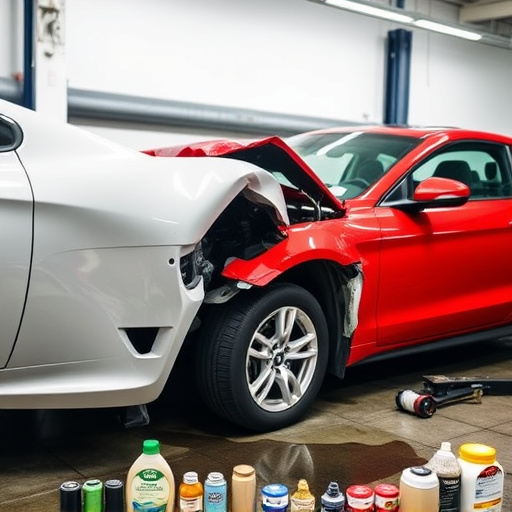Vehicle owners bear direct financial responsibility for out-of-pocket repair costs, which vary based on damage severity, parts and labor rates, vehicle age, location, and insurance coverage. Effective budgeting requires understanding these factors and proactively maintaining vehicles through regular checks and record-keeping. Comparing quotes from body shops can mitigate unexpected repair expenses.
Planning for unexpected repairs can save you from financial strain. This guide offers an essential roadmap to understanding and managing your out-of-pocket repair costs. We’ll break down the factors influencing these expenses, providing insights into common pitfalls and effective strategies to minimize surprises. By the end, you’ll be equipped with knowledge to make informed decisions and protect your budget from unpredictable maintenance bills.
- Understanding Out-of-Pocket Repair Costs
- Factors Influencing Out-of-Pocket Expenses
- Strategies to Minimize Unexpected Bills
Understanding Out-of-Pocket Repair Costs

Out-of-pocket repair costs refer to the expenses that vehicle owners are responsible for covering during the restoration process. This is distinct from insurance claims or warranties, where external entities might shoulder a significant portion of the financial burden. Understanding these costs is crucial when dealing with car bodywork services or visiting a car body shop. Whether it’s a minor fender bender or a more extensive accident, knowing what to expect financially can significantly reduce stress and help in making informed decisions.
When considering out-of-pocket expenses, several factors come into play. These include the severity of the damage, parts required for repairs (new versus used), labor rates charged by fleet repair services or local car body shops, and any additional services like paint jobs or detailed bodywork. Being aware of these components allows vehicle owners to budget accordingly and make informed choices about their repair options, ensuring they receive quality car bodywork services while staying within their financial comfort zones.
Factors Influencing Out-of-Pocket Expenses

When estimating out-of-pocket repair costs, several factors come into play, each influencing the final price tag. The extent and complexity of the damage is a primary determinant. Simple repairs like a vehicle dent repair or minor cosmetic issues in car restoration typically cost less than extensive body work. Location also plays a significant role; regional variations in labor rates and availability of parts can significantly impact out-of-pocket expenses.
Furthermore, the age and make of your vehicle matter. Older vehicles might require specialized parts, while newer models may benefit from cheaper replacement options. Insurance coverage is another critical aspect, as policy limits and deductibles directly affect what you’ll need to pay out of pocket. Understanding these factors empowers you to budget effectively for upcoming repairs, ensuring financial preparedness for both minor and significant vehicle maintenance needs, whether it’s a vehicle dent repair or more intricate car restoration work.
Strategies to Minimize Unexpected Bills

Unexpected out-of-pocket repair costs can be a financial burden, but there are strategies to minimize their impact. One effective approach is proactive maintenance. Regular checks and servicing of your vehicle can help identify potential issues before they become costly repairs. Simple tasks like checking tire pressure, replacing air filters, and topping up fluids can significantly reduce the risk of unexpected breakdowns.
Additionally, keeping records of all maintenance and repair work done on your vehicle is invaluable. This detailed history allows you to track patterns and anticipate potential problems. When it comes to major repairs, comparing quotes from different body shops or specialty services like auto glass repair can save you money. Many body shop services offer scratch repair solutions that are both effective and cost-efficient.
Out-of-pocket repair costs can be unpredictable, but with a solid understanding of influencing factors and proactive strategies, you can minimize unexpected bills. By staying informed about common maintenance issues and regular upkeep, you empower yourself to make informed decisions when repairs are necessary. Remember, being prepared is key to managing these expenses effectively and ensuring your peace of mind.
